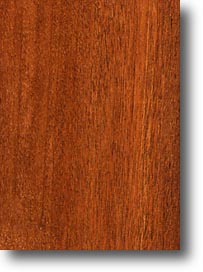 Nanmu (Phoebe nees) and nanmu burl (douban nan) were frequently mentioned as materials par excellence in Ming literati writings. The former was often used for cabinet construction; the latter, for decorative cabinet door and table top panels as well as smaller scholar's objects.
Nanmu (Phoebe nees) and nanmu burl (douban nan) were frequently mentioned as materials par excellence in Ming literati writings. The former was often used for cabinet construction; the latter, for decorative cabinet door and table top panels as well as smaller scholar's objects.
Nanmu is a large, slow growing tree of the evergreen laurel family that develops with a long straight trunk ranging from 10-40 meters in height, and 50 to 100 cm in diameter. While sharing some characteristics with the coniferous cedar, it bears no botanical relationship. More than thirty varieties are found south of the Yangzi River with concentrations in the southwest; varieties are also indigenous to Hainan Island and Vietnam.
Zhennan (True Nanmu) from Sichuan and Guizhou, zinan (Purple Nanmu) from the southeastern and south-central regions, and hongmaoshan nan (Hongmao Mountain Nanmu) from Hainan Island are generally considered to produce the finest timber. These wood ranges in color from a warm olive-brown color to a reddish-brown color. Other species of nanmu with a coarse, loosely structured grain and lighter color are considered inferior.
Because it is highly resistant to decay, nanmu was frequently used for architectural woodworking and boat-building. The wood dries well with minimal warping or splitting after which it is dimensionally stable and of medium density (zhennan ±.61 g/cm3). Nanmu also emits a pungent fragrance when freshly worked. And because it polishes to a shimmering surface and has fine smooth texture, it was also prized as furniture-making wood. Shimmering characteristics also qualify that which is termed 'jinsi' (golden-thread) nanmu. The burl of nanmu (douban nan) was also commonly featured in table and cabinet door panels.
Extract from:
Evarts, Curtis.C. L. Ma Collection: Traditional Furniture from the Greater Shanxi Region, 1999.
